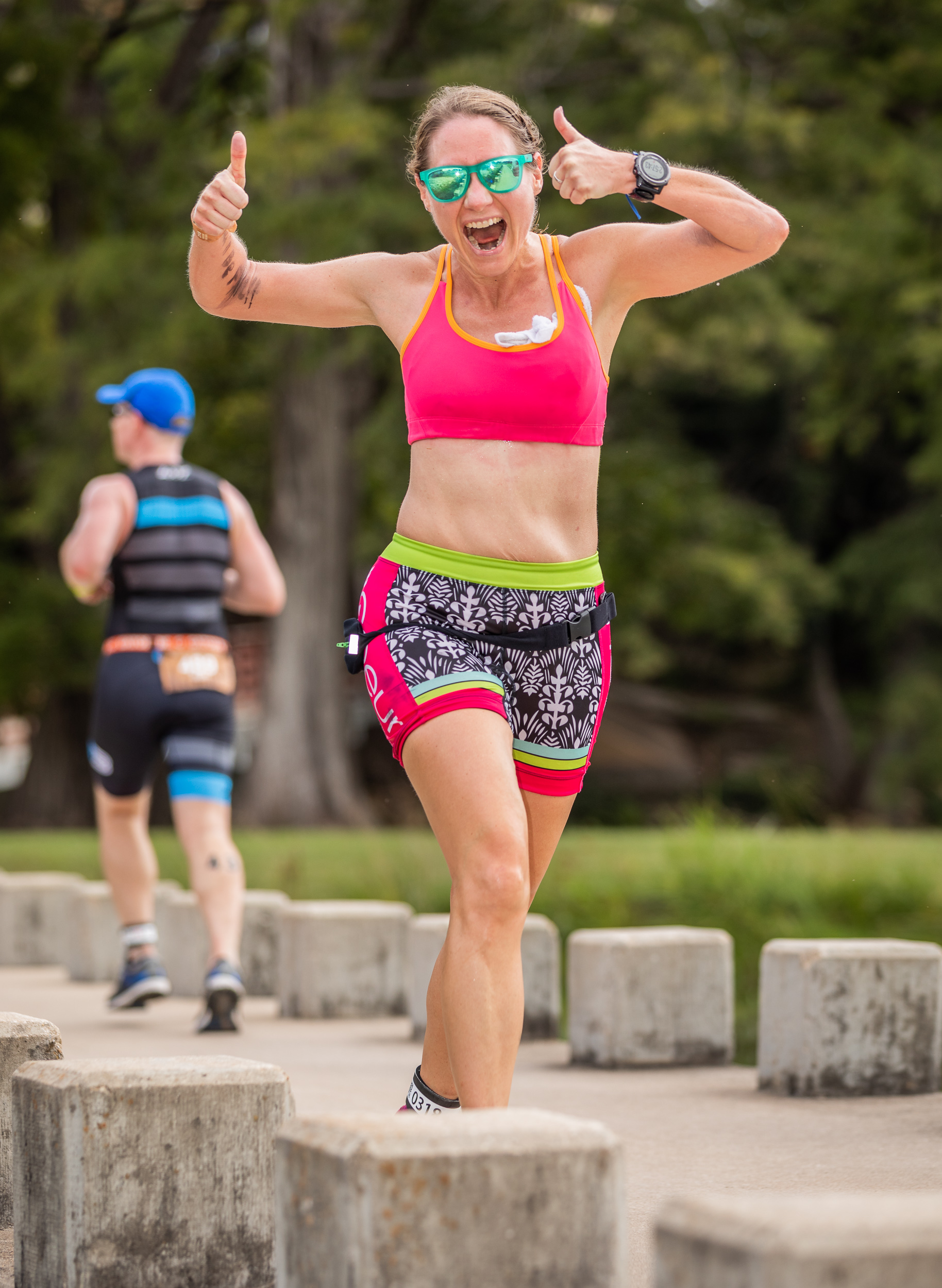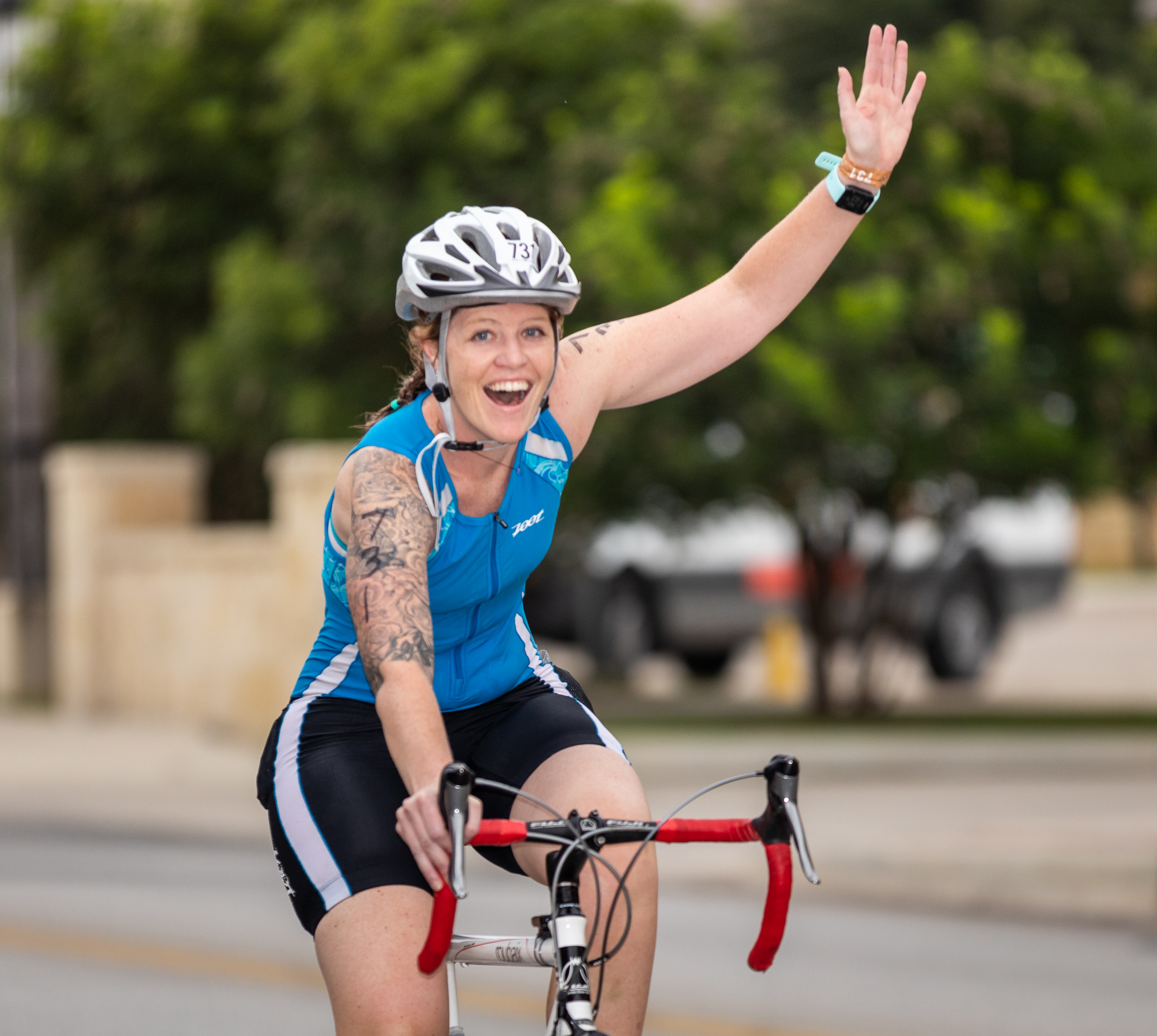Don’t allow this year’s training to disappear during the offseason
Offseason to a lot of triathletes means taking time off from October to March to help re-energize for the following season. Others focus on different sports to get out of the winter elements. The rest just simply take time off. How can you train during the offseason and keep triathlon fun on a year-round basis?
The goal should be purposeful training — focus on a few key elements with your training. A great place to start is working on your physiology and the changes you can make over the winter months.
[bctt tweet=”During #triathlon offseason, two key components to altering your physiology include increasing power-to-weight ratio and improving your cardiovascular network.” username=”kerrvilletri”]
Some athletes start the tri season in February in good cardio shape, but have added some extra holiday weight. Some have gone to a few too many holiday parties. They’ve ignored the fact that they are going to rev things up next season and start from square one. It is best when your body weight doesn’t fluctuate up and down. Keeping it constant is best for your cardiovascular system.
Running

Add a half marathon to your winter calendar and continue training in the offseason.
The best way to keep the weight off is to run, but not like Forest Gump! Have a plan to continue running by entering a half marathon in the early part of next year. There are two great events coming up: 3M Half Marathon and the Austin Marathon and Half Marathon. The key to improving your physiology and keeping the weight off is to work on your stride rate. This means faster, possibly shorter strides during your long runs to improve the cardiovascular development in your legs. Try to pick up the stride rate without increasing your pace per mile or effort. A faster stride rate will help you develop capillaries deeper in the muscle. This will help fuel the legs better and flush lactic acid quicker. A good 3-6 weeks of this technique will help you keep the weight off until its time to work on the strength building phase of your training plan. Maximizing your power-to-weight ratio will allow you to find greater efficiencies across all three sports in triathlon.
Swimming
In addition to working on a faster stride rate in running, there are other ways to increase the cardiovascular network using the other sports. In swimming, you can incorporate longer, aerobic sets with shorter rest intervals. A good example would be 4-6 x 800s as a workout. Of course, you may say “how boring can that be?” So working on your technique during these sets is a must. Try taking a technique clinic to make sure you learn the proper forms of efficiency swimming. Long sets with bad technique can set you back rather than move you forward.
Cycling

Cycling in the offseason can improve your cardiovascular system.
With regards to your cycling, keeping a heavy emphasis on high cadence work will also aid in increasing your cardiovascular network. This may keep you in smaller gears than you are used to and maintaining your cadence at 90+ rpms for 70% of the ride time. If you don’t have a cadence meter, a good substitute is to count one leg for 15 seconds and multiply by 4 to get your rpms. During the winter months, we find ourselves riding indoors and on a trainer more often. Focusing on high cadence in these indoor sessions will give more purpose to your training. Spin classes are a good place to work on this. However, using your own bike with a trainer is best as you keep your body position constant to how you will be riding on the road.
Setting goals and having a purpose for your offseason training will help you stay motivated and focused during the winter training. Best of all, these few tips will help you have a much more successful racing season in 2019.
